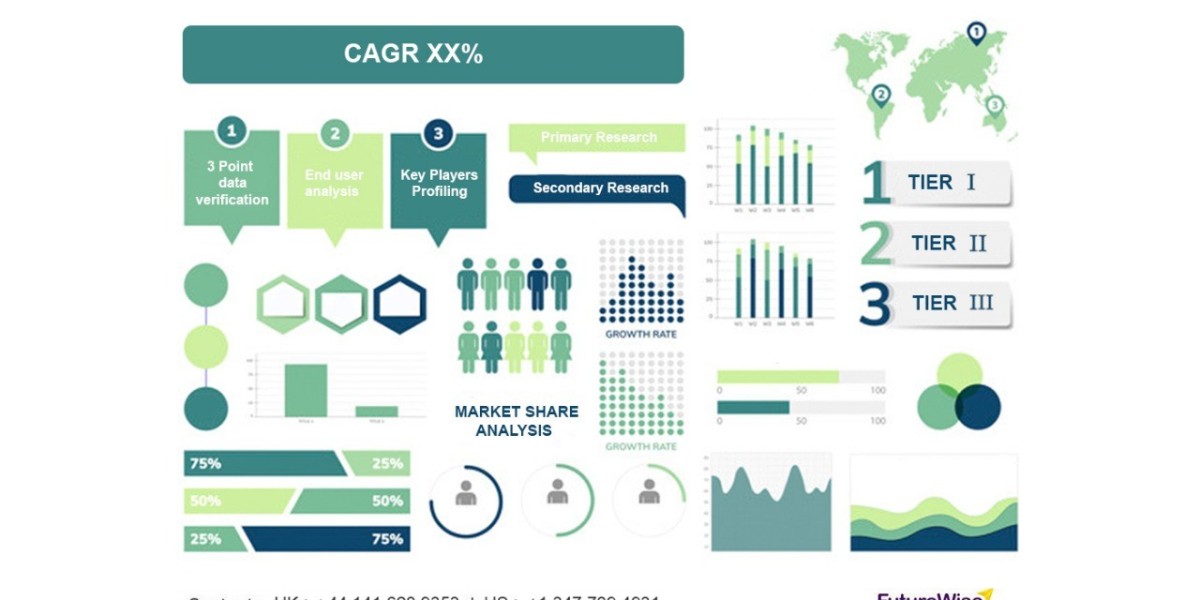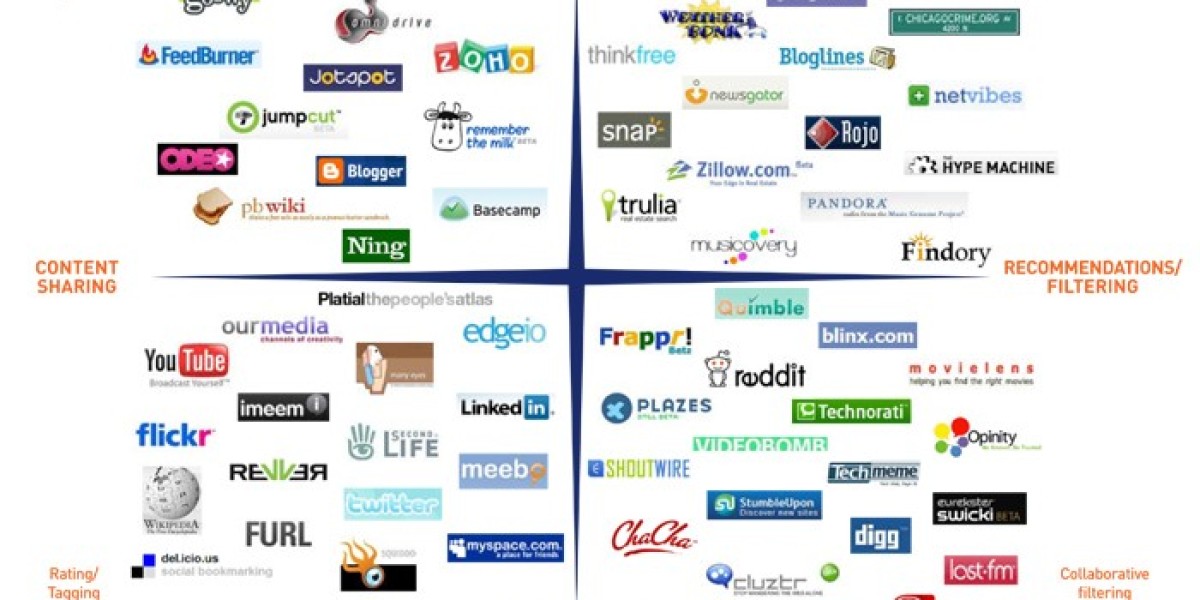Demand forecasting is an essential business practice that helps organizations predict future sales and align their strategies accordingly. However, the accuracy of these predictions depends largely on understanding the factors affecting demand. From pricing and consumer behavior to economic trends and seasonal patterns, these factors play a critical role in shaping market dynamics and determining the reliability of forecasts.
This blog explores the key factors influencing demand, their impact on forecasting, and how advanced tools like thouSense can enhance the process for businesses aiming to stay competitive in a dynamic market.
Why Demand Forecasting Matters
Demand forecasting is more than just a predictive exercise—it’s a strategic necessity. Accurate forecasts enable businesses to:
- Optimize inventory management by aligning stock levels with anticipated demand.
- Reduce operational costs by preventing overproduction or underproduction.
- Improve customer satisfaction by ensuring products are available when and where they are needed.
- Support long-term planning and resource allocation.
Without a clear understanding of the factors that shape demand, businesses risk making inaccurate forecasts that can lead to missed opportunities, financial losses, and operational inefficiencies.
The Role of Pricing
Pricing is a critical factor affecting demand, as it directly influences consumer purchasing decisions. Lower prices generally encourage higher demand, while increased prices may deter customers. However, this relationship varies depending on the type of product or service.
For instance, essential goods like food and utilities exhibit relatively inelastic demand, meaning that price changes have minimal impact on consumption. Conversely, luxury items are highly elastic, with demand fluctuating significantly based on price adjustments. Businesses that analyze price elasticity can better forecast how pricing strategies will affect sales and overall market demand.
Consumer Preferences and Trends
Consumer preferences are dynamic and influenced by cultural, social, and technological factors. These preferences dictate what products or services are in demand at any given time.
For example, the increasing focus on health and wellness has driven demand for organic food and fitness-related products. Similarly, the rise of e-commerce platforms has fueled consumer interest in online shopping and digital services. By tracking these evolving preferences and integrating them into their forecasting models, businesses can align their offerings with market trends and improve forecasting accuracy.
The Impact of Income Levels
Income levels play a significant role in determining consumer purchasing behavior. Higher income levels typically lead to increased demand for non-essential and luxury goods, while lower income levels prioritize spending on necessities.
During periods of economic growth, disposable income rises, enabling consumers to spend more on discretionary items. Conversely, in times of economic recession, spending patterns shift toward essential goods and services. Understanding income trends within a target market helps businesses create realistic forecasts and develop pricing strategies that resonate with their audience.
Economic Indicators and Market Conditions
Macroeconomic factors such as inflation, unemployment rates, and GDP growth directly affect demand. During economic expansions, increased consumer confidence and spending power drive higher demand for goods and services. On the other hand, economic downturns often lead to reduced demand as consumers focus on saving and meeting basic needs.
Advanced tools like thouSense excel at integrating economic data into forecasting models, providing businesses with a comprehensive view of market conditions and helping them adapt their strategies accordingly.
Seasonal and Cyclical Trends
Seasonality is a predictable factor that influences demand in many industries. Products such as holiday decorations, winter clothing, and summer travel packages experience demand spikes during specific times of the year. Cyclical trends, driven by broader economic or industry-specific factors, also impact demand over longer periods.
Businesses that account for these seasonal and cyclical trends in their forecasting models can align their operations with anticipated demand, ensuring customer satisfaction while avoiding overproduction or stockouts.
Competitor Actions and External Influences
Competitor actions significantly impact demand, often altering consumer preferences and market dynamics. For instance, a competitor’s decision to lower prices, launch a new product, or run an aggressive marketing campaign can shift demand away from your offerings.
Monitoring competitor activities and incorporating this analysis into demand forecasting allows businesses to anticipate market changes and adjust their strategies proactively. This ensures they remain competitive and responsive to evolving market conditions.
The Role of thouSense in Demand Forecasting
Incorporating the various factors influencing demand into a cohesive forecasting model can be challenging, especially when dealing with large volumes of data and complex variables. This is where advanced tools like thouSense make a difference.
thouSense leverages artificial intelligence and machine learning to analyze data from multiple sources, identifying trends, patterns, and anomalies that traditional methods might overlook. Because of its statistical analysis capabilities, companies can:
- Simulate various market scenarios and assess potential outcomes.
- Integrate real-time data to keep forecasts accurate and up-to-date.
- Simplify the forecasting process through intuitive dashboards and visualizations.
By adopting thouSense, businesses can improve forecasting accuracy, reduce risks, and make data-driven decisions with confidence.
Overcoming Challenges with thouSense
Despite its importance, demand forecasting is not without challenges. Unpredictable market conditions, data inconsistencies, and external disruptions can complicate the process. thouSense addresses these issues by offering robust scenario-based forecasting capabilities that adapt to changing circumstances.
For example, in the event of a sudden economic downturn or a natural disaster, thouSense can model the potential impact on demand and provide actionable insights to help businesses mitigate risks. Its ability to process incomplete or inconsistent data ensures that forecasts remain reliable even in uncertain environments.
Demographics and Demand
Demographic factors, such as age, gender, education, and geographic location, significantly influence consumer behavior and demand patterns. Younger consumers often prioritize innovation and convenience, driving demand for tech-driven products and services. Older demographics, on the other hand, may focus on reliability and affordability.
Analyzing demographic data allows businesses to tailor their offerings to specific market segments, improving the accuracy of their forecasts and ensuring their products resonate with the intended audience.
Conclusion
The question, "What are the factors affecting demand?", underscores the complexity of demand forecasting. From pricing and consumer preferences to income levels and economic conditions, these factors shape market behavior and influence forecasting accuracy.
Advanced tools like thouSense empower businesses to navigate these complexities by offering data-driven insights, real-time analytics, and scenario-based forecasting capabilities. By integrating these factors into their models, businesses can create actionable forecasts that drive strategic decision-making and operational efficiency.
In today’s fast-paced and competitive business environment, mastering demand forecasting is essential for long-term success. With thouSense, businesses can transform their forecasting strategies, ensuring resilience, adaptability, and sustainable growth in an ever-changing market.
Explore our AI-based SaaS platform to predict sales volume and demand trends. To know more, visit: https://thousense.ai/pricing
Source: https://www.exoltech.us/blogs/254028/What-Are-the-Factors-Affecting-Demand-and-How-They-Influence









